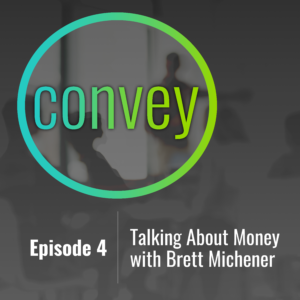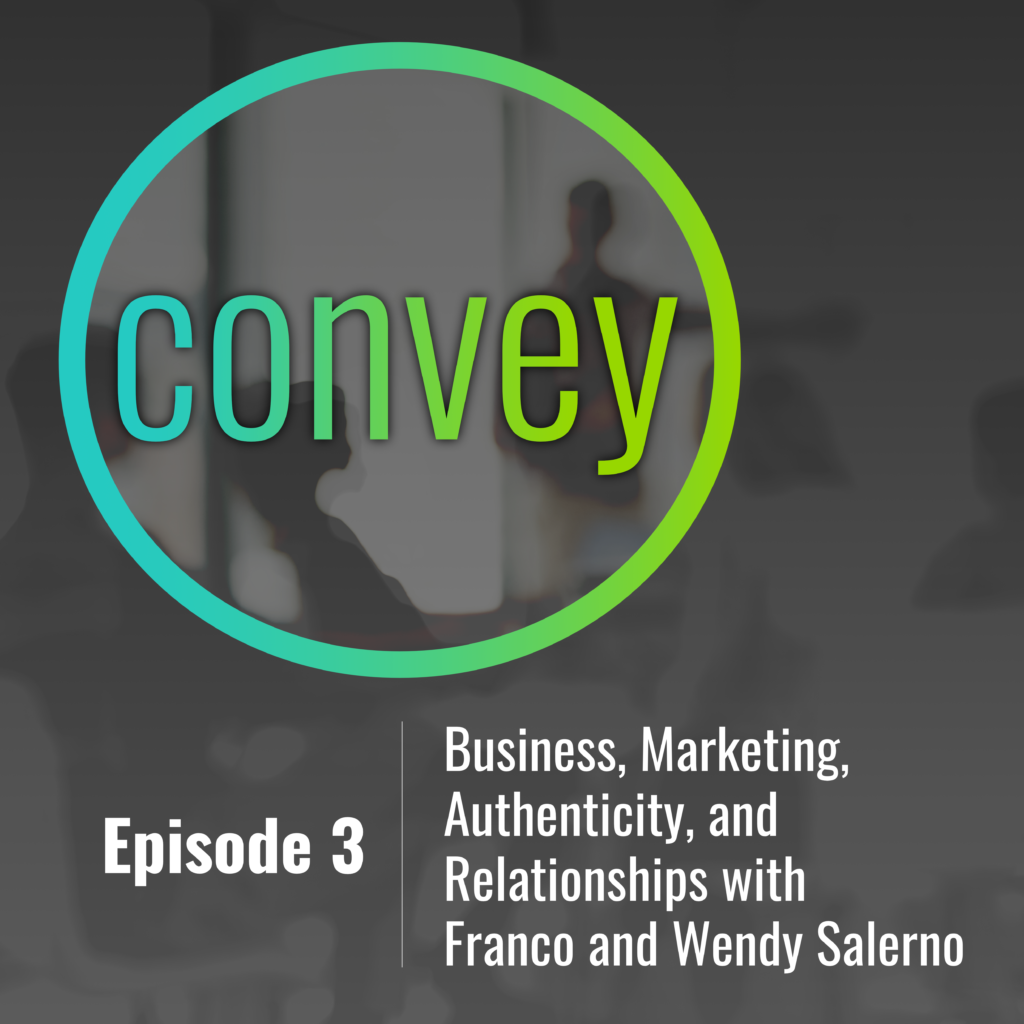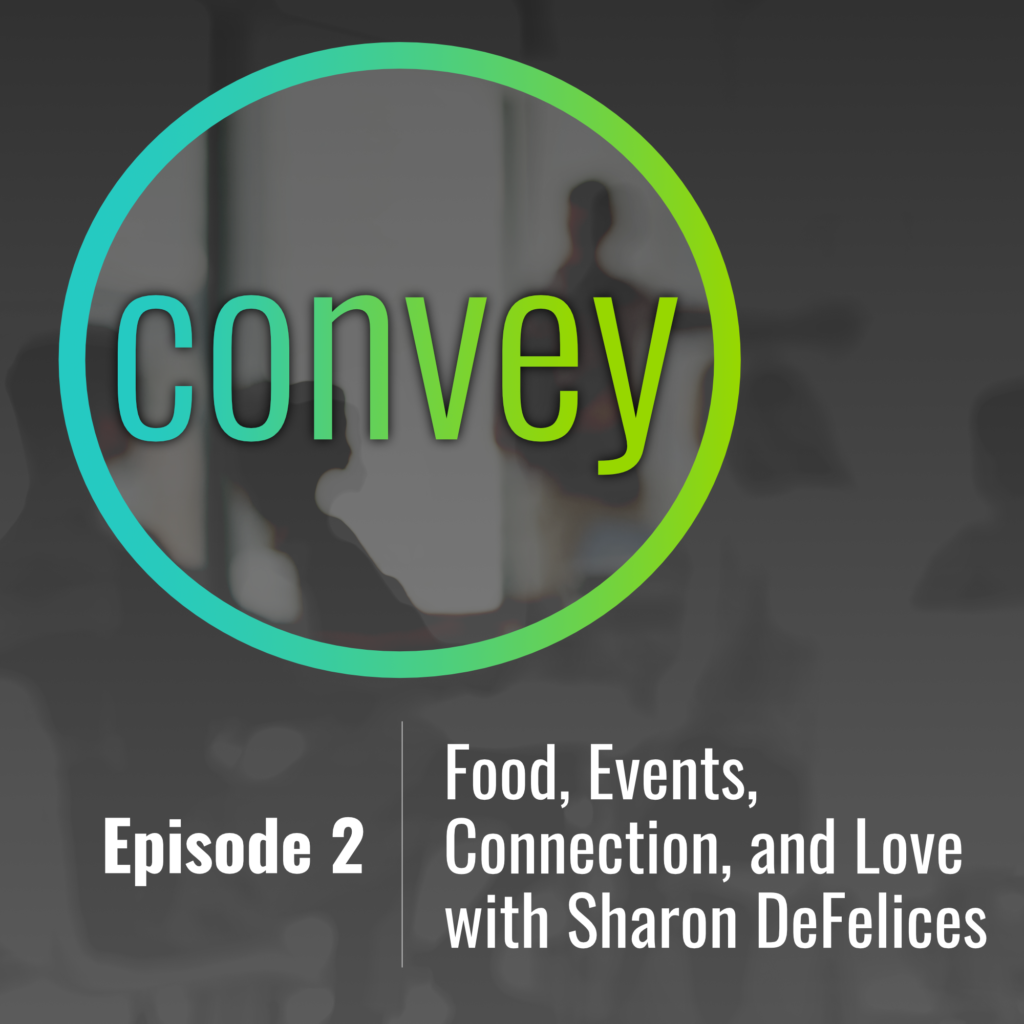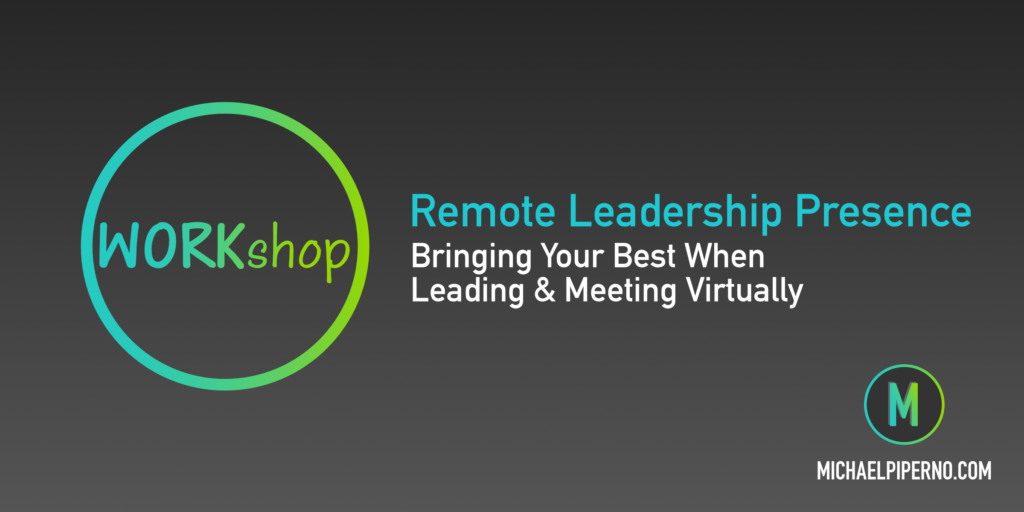Talking About Money with Brett Michener

In the next episode of Convey, my friend Brett Michener and I talk about the importance of communication when it comes to talking about money — specifically, your money. Brett is a Financial Representative at The DeYoung Financial Group and I always like talking to him because he’s not only a “money guy,” he’s also a coach. Our conversations always make me think about my goals and how I can be better at making sure I’m thinking about saving and spending in a way that fits me and my family.
Brett’s perspective will open your eyes to new and better ways to look at your life- and savings-goals. He also shares his personal career journey — it’s a great story about being open to opportunity and to change. And as we all know, change is inevitable in life.
Visit Brett’s Website: http://deyoungfinancial.com
Check Out This Episode’s Sponsor, Lacona Supply: https://laconasupply.com
Learn More About Your Host: https://www.michaelpiperno.com
Talking About Money with Brett Michener Read More »









